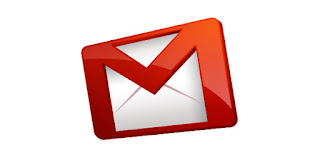MID-TERM PROJECT: SOFTWARE INSTALLATION - JS2

Project Title: Installing and Documenting Application Software Project Objectives: By the end of this project, students should be able to: Understand the steps involved in installing software. Differentiate between types of software - System and Application Demonstrate practical knowledge of installing simple software. Document and present installation procedures. Project Tasks: Each student should: Select one simple software to install — examples include: Microsoft Office (trial or educational version) VLC Media Player Paint.NET Google Chrome or Mozilla Firefox A small educational or utility app (e.g., Typing Tutor, PDF Reader) Document the installation process in a report with the following sections: a. Software name and purpose b. System requirements (RAM, OS, Disk space) c. Steps followed during installation (with screenshots if possible) d. Challenges f...


